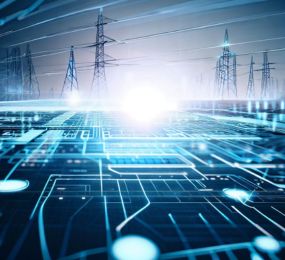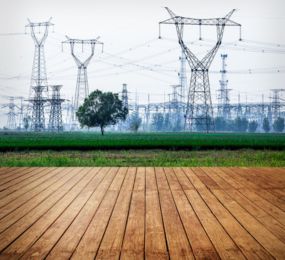Real-time monitoring systems are transforming the landscape of power grid management, providing utilities with unprecedented visibility and control over their energy networks. These systems utilize advanced technologies, including Internet of Things (IoT) devices, sensors, and data analytics, to capture and analyze data instantaneously. As a result, they play a critical role in enhancing the efficiency and reliability of power grids.
Enhanced Data Collection and Analysis
Real-time monitoring systems facilitate continuous data collection from various points across the grid, including generation facilities, transmission lines, substations, and end-user connections. This data provides utilities with a comprehensive view of grid operations, enabling them to make informed decisions quickly. Advanced analytics can process this data to identify trends, anomalies, and potential issues, allowing for proactive management rather than reactive fixes.
Improving Grid Reliability
With real-time monitoring, utilities can detect faults and disturbances in the grid instantaneously. This capability is crucial for minimizing outages and ensuring a reliable energy supply. For example, if a fault occurs on a transmission line, the system can immediately alert operators, allowing them to respond swiftly to isolate the issue and reroute power as needed. This quick response not only enhances grid reliability but also improves customer satisfaction by reducing the duration of outages.
Facilitating Integration of Renewable Energy Sources
As the energy landscape shifts towards renewable sources, real-time monitoring systems become increasingly important. These systems can effectively manage the variable nature of renewable energy generation, such as solar and wind. By analyzing real-time data on energy production and consumption, utilities can optimize the integration of renewables into the grid, ensuring stability and efficiency.
Supporting Demand Response Initiatives
Real-time monitoring systems also support demand response programs, which allow utilities to adjust energy consumption patterns based on real-time data. This responsiveness can help balance supply and demand, especially during peak usage times, thereby reducing strain on the grid and lowering operational costs.
Real-time monitoring systems are essential for the future of power grid management, enhancing reliability, facilitating renewable energy integration, and supporting efficient energy use. As technology continues to evolve, these systems will play a pivotal role in creating smarter, more resilient energy networks.
Visit our website to register and secure your spot today! click here: https://bit.ly/3peklYc
For more information and group participation, contact us: [email protected]
















